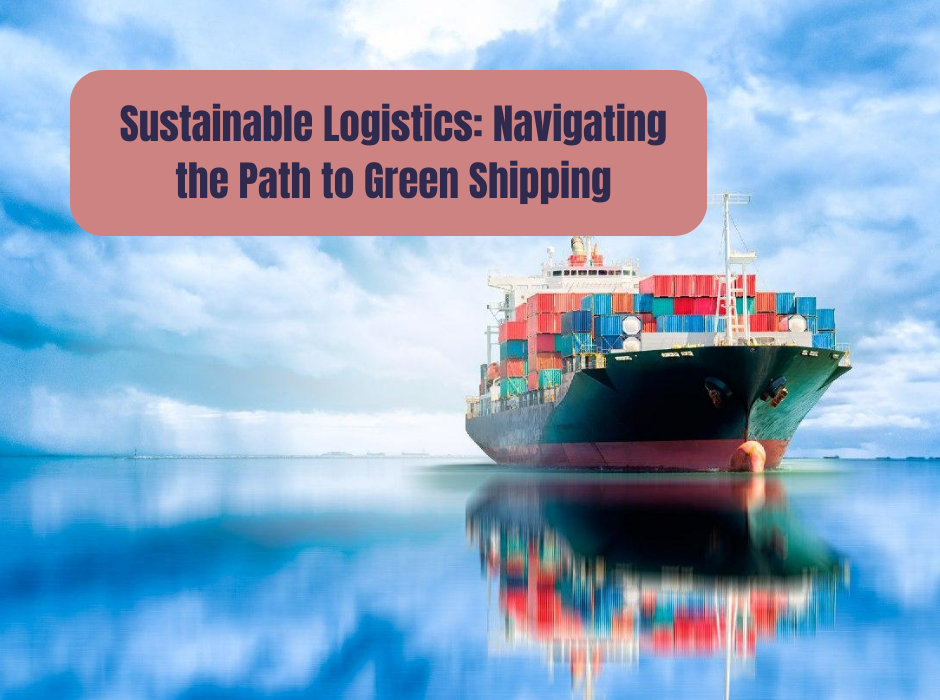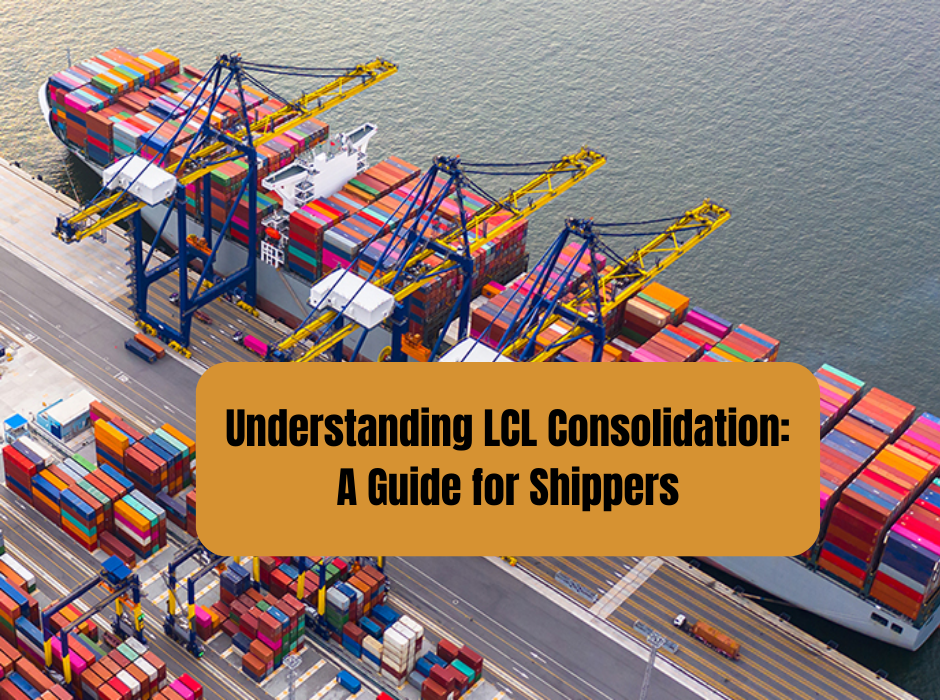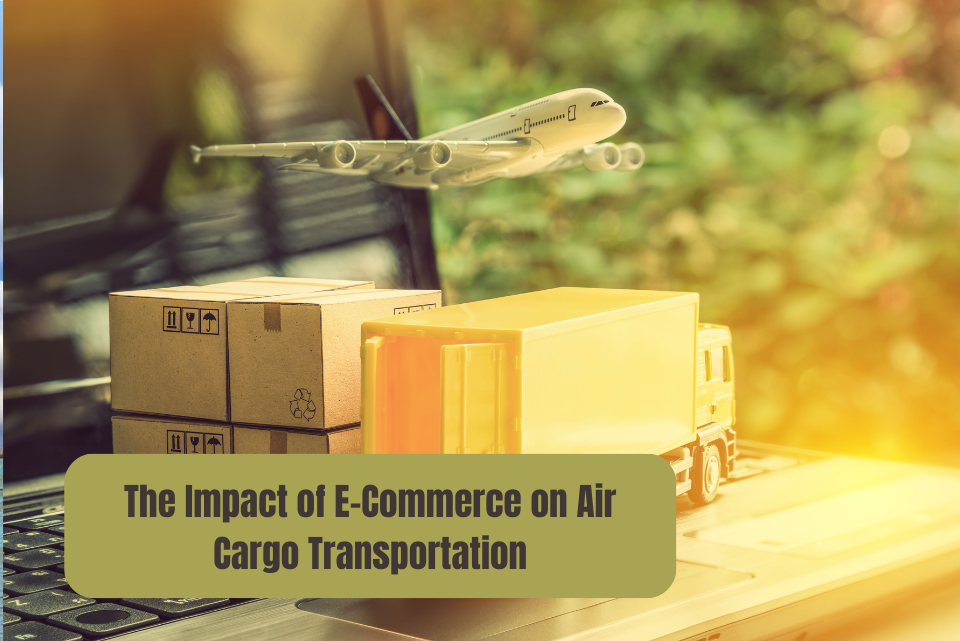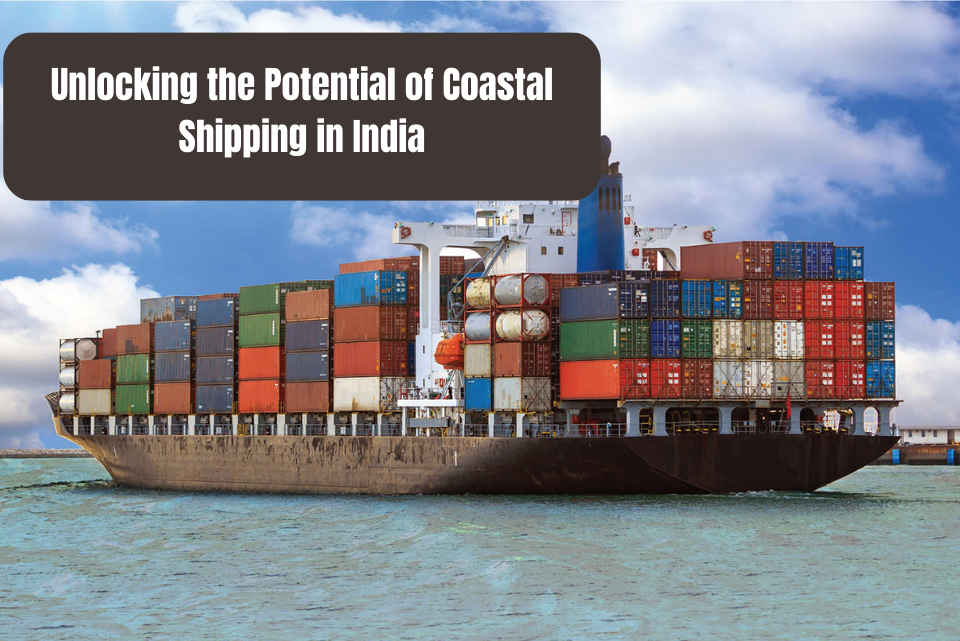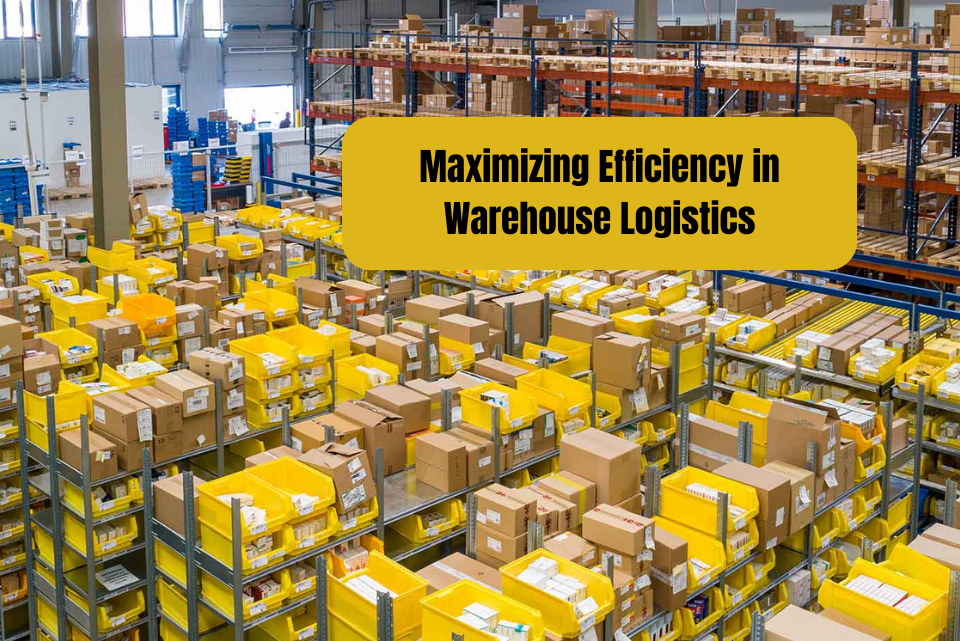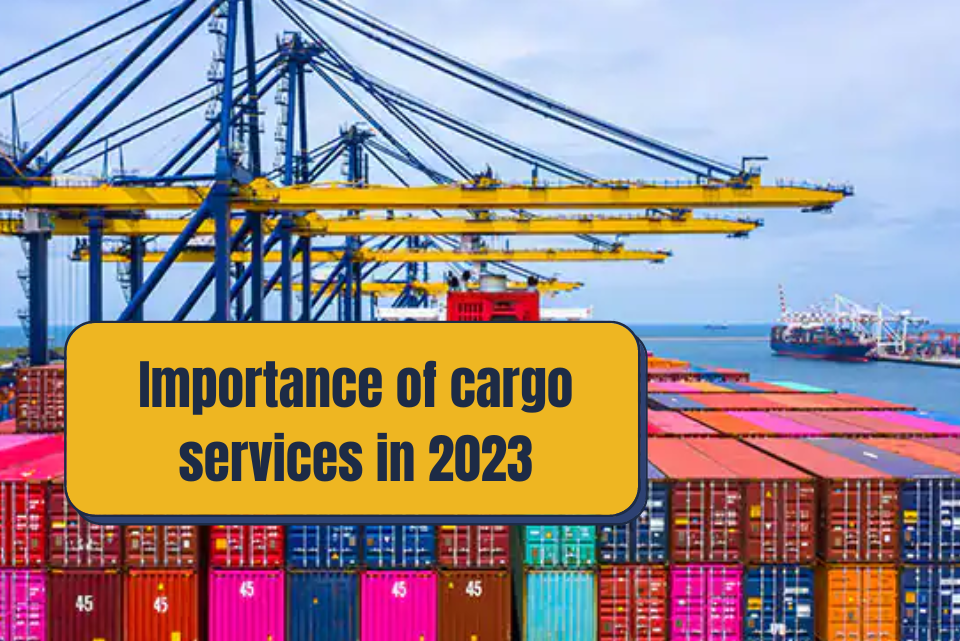Sustainable logistics and green shipping are crucial components in the effort to reduce the environmental impact of transportation and promote sustainability in the shipping industry. With increasing concerns about climate change and the need to preserve natural resources, adopting eco-friendly practices and implementing green initiatives have become essential. Here are some key points to consider when navigating the path to green shipping and sustainable logistics:
- Sustainable Logistics Planning:Make sustainability an integral part of your logistics planning right away. This entails optimizing transportation routes, consolidating shipments, and making use of more cost-effective means of transportation whenever possible, such as rail or sea. You can significantly reduce emissions and energy use by minimizing empty miles and maximizing cargo capacity.
- Alternative Fuels and Energy Efficiency: Look into alternate fuels and energy-saving technology for ships and automobiles. Transitioning away from traditional fossil fuels and towards cleaner alternatives such as biofuels, hydrogen, or electric propulsion can help reduce greenhouse gas emissions and air pollution. Furthermore, energy-efficient practises like as optimising vessel speed, using LED lighting, and investing in energy recovery systems can improve sustainability.
- Fleet Optimization and Maintenance: Keep your fleet in top condition and optimize it for maximum effectiveness. Normal upkeep, legitimate tire filling, and smoothed out vehicle steering can limit fuel utilization and emanations. Fleet efficiency can be continuously improved by utilizing telematics and fleet management systems, which can provide real-time data on fuel consumption, emissions, and driver behavior.
- Collaboration and Partnership:To promote sustainability throughout the supply chain, encourage collaboration with customers, suppliers, and other stakeholders. You can identify opportunities for joint initiatives like shared transportation, collaborative warehousing, and co-loading by working together. These initiatives can cut costs and have less of an impact on the environment for everyone involved.
- Green Initiatives and Certifications: Implement green initiatives and strive for industry-recognized certifications to demonstrate your commitment to sustainability. For example, you can adopt practices like waste reduction and recycling, use eco-friendly packaging materials, and promote modal shift to more sustainable transport modes. Certifications such as ISO 14001 (Environmental Management System) and Eco-Management and Audit Scheme (EMAS) can help showcase your sustainable practices to customers and stakeholders.
- Technology and Innovation: Embrace technological advancements and innovations to drive sustainability in logistics. Automation, artificial intelligence, and data analytics can optimize supply chain operations, reduce inefficiencies, and minimize waste. Additionally, explore emerging technologies like blockchain to enhance transparency and traceability in the supply chain, which can support sustainable sourcing and ethical practices.
- Green Supply Chain Partners: Work with suppliers and service providers who share your commitment to sustainability. Evaluate their environmental practices, certifications, and track record in sustainable logistics. Collaborating with eco-conscious partners can help create a more sustainable and resilient supply chain.
- Monitoring and Reporting: Establish mechanisms to monitor and measure the environmental impact of your logistics operations. Set clear sustainability targets, track key performance indicators, and regularly report progress to stakeholders. Transparency and accountability are essential in driving continuous improvement and showcasing your sustainability efforts.
- Last-Mile Optimization: The last-mile delivery phase is a critical area where sustainable logistics can make a significant impact. Implementing strategies such as route optimization, alternative delivery methods (e.g., electric bikes or drones), and parcel consolidation can help minimize emissions and reduce congestion in urban areas. Additionally, partnering with local distribution centers or utilizing shared delivery hubs can further optimize last-mile operations.
- Reverse Logistics and Circular Economy: Incorporate reverse logistics processes to facilitate product returns, recycling, and remanufacturing. Embrace the principles of the circular economy by designing products for reuse, repair, and recycling. By implementing efficient reverse logistics systems and partnering with recycling facilities, you can reduce waste, conserve resources, and minimize the environmental footprint of your operations.
- Stakeholder Engagement and Awareness: Engage employees, customers, and other stakeholders in sustainability initiatives. Raise awareness about the importance of green shipping and sustainable logistics, and encourage participation in environmentally friendly practices. Educate employees on energy-saving techniques, promote eco-conscious behavior, and incentivize sustainable choices within the organization.
- Policy and Regulatory Compliance: Stay informed about local and international regulations related to sustainability in shipping and logistics. Ensure compliance with environmental standards, emission regulations, and waste management requirements. Stay proactive in adopting best practices and adjusting your operations to align with evolving regulations.
- Continuous Improvement and Innovation: Foster a culture of continuous improvement and innovation within your organization. Encourage employees to propose and implement sustainable ideas and initiatives. Embrace emerging technologies, research new solutions, and stay updated on industry trends to find innovative ways to enhance the sustainability of your logistics operations.
- Collaboration with Research and Development: Collaborate with research institutions and organizations dedicated to sustainability in logistics. Support research and development projects aimed at finding greener technologies, more efficient practices, and sustainable supply chain solutions. By working together with experts and academia, you can contribute to industry-wide advancements in sustainable logistics.
- Monitoring and Reporting Externalities: Include the indirect environmental impact of your supply chain in your monitoring and reporting, extending it beyond your own operations. Assess your suppliers’ carbon footprints and collaborate to cut emissions across the entire value chain. Providers should be encouraged to implement eco-friendly methods, carry out life cycle assessments, and report on how well they’re doing on sustainability.
By focusing on sustainable logistics, embracing eco-friendly practices, and implementing green initiatives, businesses can contribute to a greener future. These strategies not only help reduce environmental impact but also enhance operational efficiency, reduce costs, improve brand reputation, and meet the growing expectations of environmentally conscious consumers and stakeholders.



